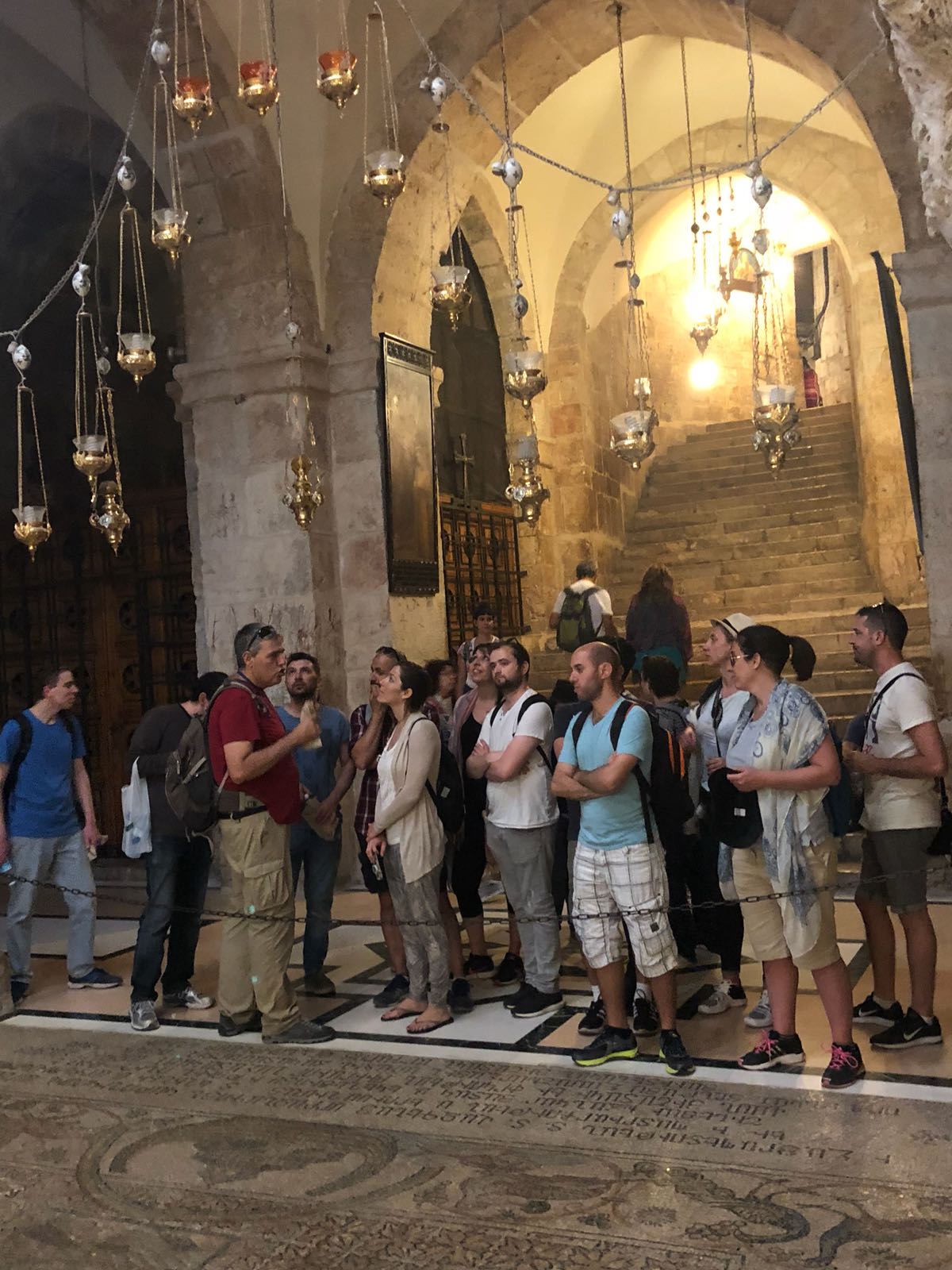עיר הסוסים - Horsetown
- Yoav Shiloah

- Dec 14, 2022
- 3 min read

מן המורדות המערביים של רמת הגולן משקיפה על הכנרת העיר העתיקה סוסיתא.
פירוש השם סוסיתא, "היפוס" ביוונית, הוא סוס וסברה אחת היא שמקור השם בצורת ההר עליו היא יושבת המזכירה סוס. סברה אחרת היא שהעיר נקראה כך מפני שפרשים מהצבא הסלווקי הם שהקימו אותה במאה ה-2 לפני הספירה.
הפוליס סוסיתא הייתה אחת מערי הדקאפוליס, קבוצה של עשר ערים נוכריות במזרח ארץ ישראל ובעבר הירדן, ביניהן גם בית שאן (סקיתופוליס) ועמאן (פילדלפיה).
העיר התקיימה במשך כ-900 שנים מהקמתה במאה השנייה לפני הספירה ועד חורבנה בשנת 749 ב"רעש השביעית", רעש אדמה הרסני שהתרחש בשנת שמיטה ומכאן שמו.
במקום שרידים מהתקופה ההלניסטית, הרומית, הביזנטית והמוסלמית הקדומה והם כוללים רחוב ראשי מרשים ממזרח למערב, הדקומנוס, בזיליקה גדולה, שרידי קתדרלה מהתקופה הביזנטית שעמודיה מונחים בדיוק כפי שנפלו ברעש האדמה שהחריב את העיר, חומות, חפיר ועוד.
במקום נתגלו גם ממצאים מרתקים רבים שהמרשים שבהם הוא מסכת ברונזה של האל פאן שהשתמרה מצוין.
לאחר שהעיר חרבה, היא עמדה נטושה במשך מאות שנים ובמלחמת העצמאות של ישראל ב-1948 היא נכבשה על ידי חברי קיבוץ עין גב השוכן למרגלותיה. זהו בעצם המקום היחיד שנכבש באותה מלחמה על ידי אזרחים בלבד ללא סיוע צבאי.
ההיאחזות במקום אפשרה למעשה את החיים בקיבוץ בשנים שבהם סוריה שלטה ברמת הגולן והיה בה מוצב של צה"ל עד מלחמת ששת הימים ב-1967 ששרידיו קיימים עד היום.
נופי הכנרת והגליל הנשקפים מעתיקות העיר הופכים את הביקור בסוסיתא למרשים ומרגש במיוחד.
סוסים לא ראינו...
From the western slopes of the Golan Heights, the ancient city of Susita overlooks the Sea of Galilee.
The meaning of the name Susita, "Hippos" in Greek, is horse and the name probably originates from the shape of the mountain on which the city was built, which resembles a horse. Another theory is that the city was named after horsemen from the Seleucid army who founded it in the 2nd century BC.
The polis Susita was one of the cities of the Decapolis, a group of ten cities in eastern Israel and the east bank of the Jordan river, including Beit Shean (Scythopolis) and Amman (Philadelphia).
The city existed for about 900 years from its founding in the second century BC until its destruction in 749 in a devastating earthquake.
There are remains from the Hellenistic, Roman, Byzantine and early Muslim periods and they include an impressive main street from east to west, the Decumanus, a large basilica, remains of a cathedral from the Byzantine period whose columns are placed exactly as they fell in the earthquake that destroyed the city, walls, a moat and more.
Many fascinating findings were also discovered in the place, the most impressive of which is the excellently preserved bronze mask of the god Pan.
After the city was destroyed, it stood abandoned for hundreds of years and during Israel's War of Independence in 1948 the site was occupied by members of Kibbutz Ein Gev, which lies at its foot. This is actually the only place occupied in that war by civilians only without military assistance.
Holding on to the place actually made life possible in the kibbutz during the years when Syria controlled the Golan Heights and there was an IDF post there until the Six Day War in 1967, the remains of which still exist today.
The views of the Galilee and the Sea of Galilee from the city's ruins make a visit to Susita particularly impressive and exciting.
But we didn't see any horses...
הנוף לכנרת Overlooking the Sea of Galilee


Byzantine mosaic

Odeon

Mask of the god Pan - picture from Wikipedia


The Decomanus

The Basilica


Collapsed columns of the cathedral



Aqueduct links



























Comments